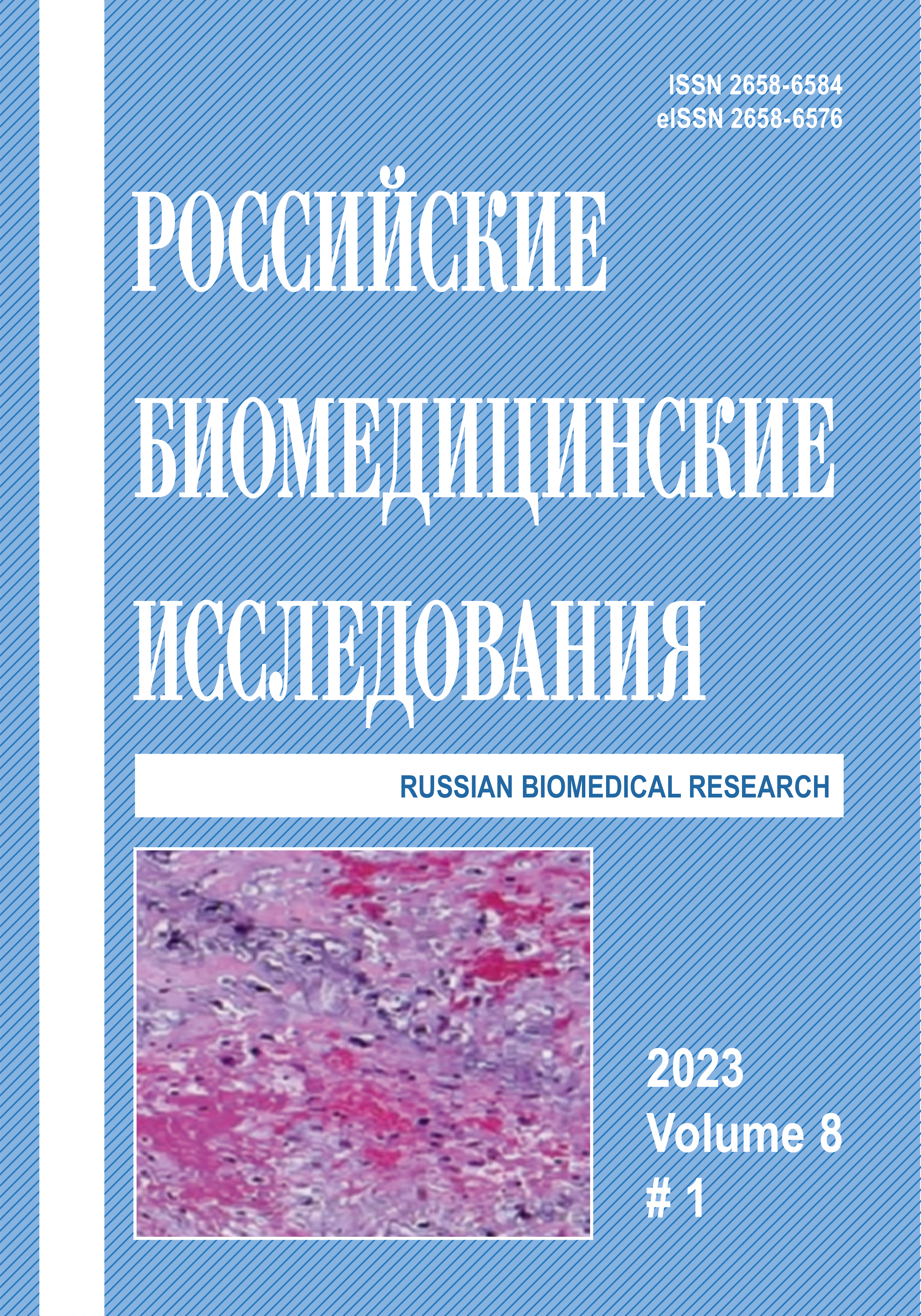ВОЗМОЖНОСТИ СНИЖЕНИЯ ПОТЕРИ КРОВИ ПРИ ВЫПОЛНЕНИИ ТАНГЕНЦИАЛЬНОЙ НЕКРЭКТОМИИ У ОБОЖЖЕННЫХ (ОБЗОР ЛИТЕРАТУРЫ)
Аннотация
Раннее хирургическое лечение ожоговых ран является одним из приоритетных направлений комбустиологии. Иссечение девитализированных тканей до развития в них гнойно-воспалительного процесса имеет направленное патогенетическое обоснование эффективности проводимой манипуляции. Удаление некроза в области поражения позволяет снизить интенсивность интоксикации, а также ускорить переход раневого процесса из воспаления в фазу регенерации (классификация М.И. Кузина). Одна из таких методик — ранняя тангенциальная некрэктомия, которая в настоящее время не получила широкого распространения в клинической практике в связи с рядом критических недостатков, к основным из которых можно отнести отсутствие объективного метода контроля селективности иссечения тканей, высокую частоту осложнений в раннем послеоперационном периоде, а также
неустойчивость гемостаза. Исследования по данной тематике позволили установить, что объем кровопотери при ранней тангенциальной некрэктомии зависит от сроков, глубины и метода иссечения ожогового струпа, выбора тактики интраоперационного гемостаза и системной терапии. Углубленный анализ указанных направлений позволил выявить основные причины неудовлетворительных результатов и определить возможные пути их улучшения.
Copyright (c) 2023 Russian Biomedical Research

Это произведение доступно по лицензии Creative Commons «Attribution» («Атрибуция») 4.0 Всемирная.



